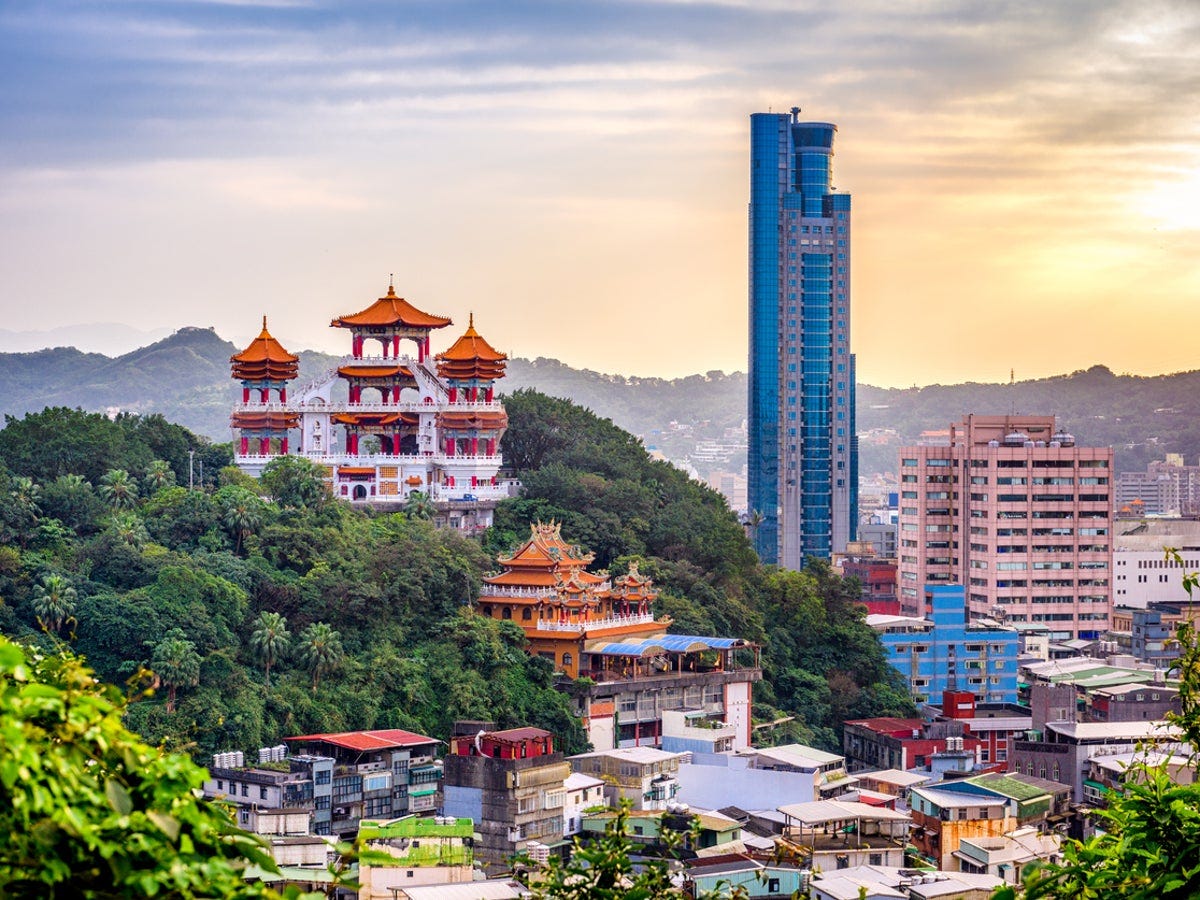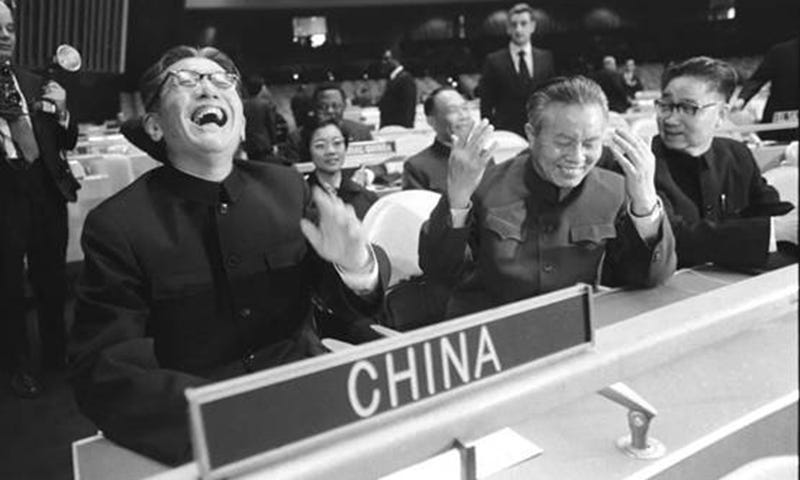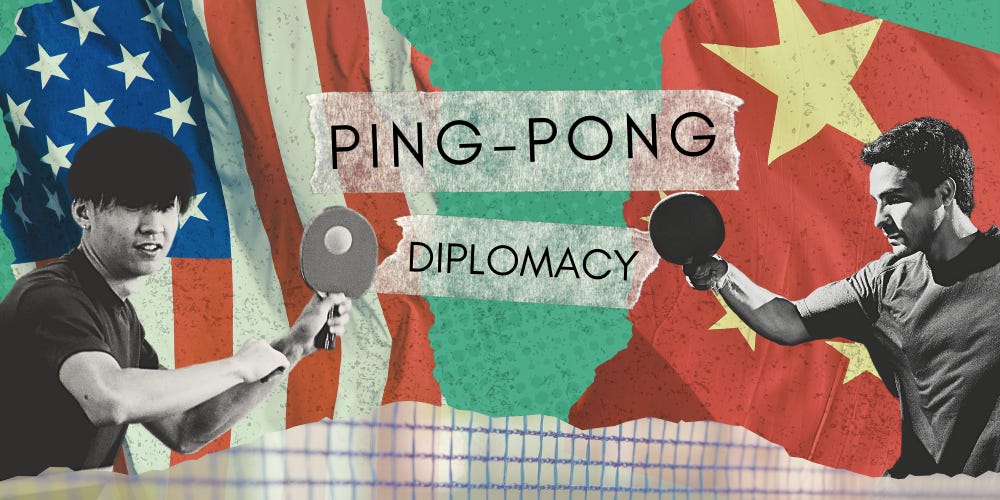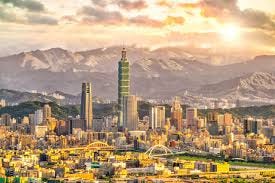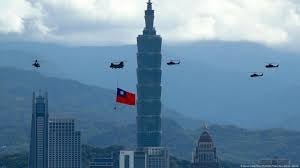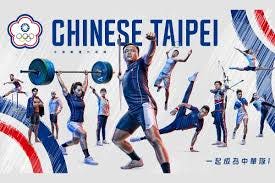The China-Taiwan Powder Keg: How DC Empowered a Thug, Setting the Stage for Today's Tug of War, PART ONE
Diplomatic doublespeak, a gangster’s ghost, a historical farce—how a fragile fiction could ignite an explosive East Asian showdown, with the world’s biggest microchip maker caught in the crossfire.

China & the “Runaway Province” of Taiwan
The Chinese government in Beijing is upset, very upset — about six missing words on the website of the US State Department.
It’s a big deal, because those deleted words concern the American stance on the extremely touchy issue of Taiwan, the self-governing island sitting across a strait, 100 miles east of the Chinese mainland — a flashpoint that could touch off a military showdown with China that draws in the US and turns into a very messy World War III.
The US has very much shaped modern Taiwan over the past 75 years, and that’s part of the problem from Beijing’s point of view. It’s also made for a flowery word dance of contradictory policies for the US.
Taiwan: Is it China or Not? A Delicate Question.
A seemingly independent island nation of 23 million, Taiwan is a hugely important player in the global economy, as it produces almost all of the world’s advanced semiconductors and microchips — and as one example of what Beijing sees as American interference, the US recently pressured Taiwan to stop selling their advanced chips to Chinese telecom Huawei, whose equipment is largely banned in the US out of concerns about spying and security.
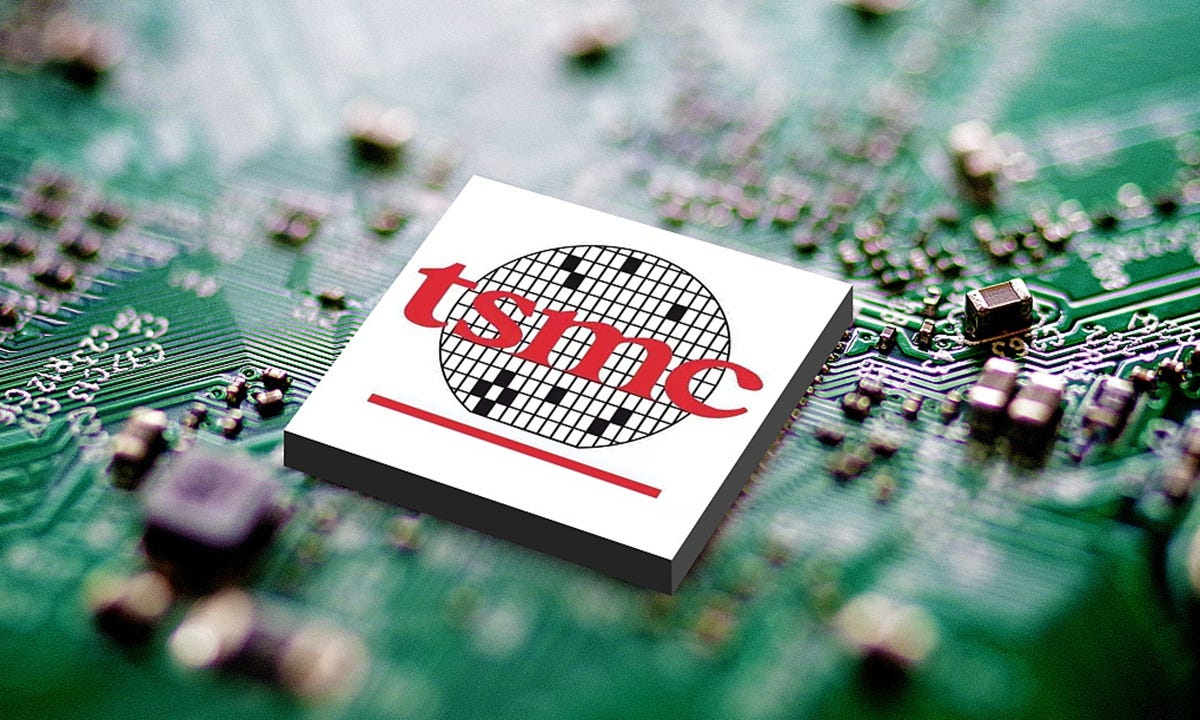
Despite being an electronics powerhouse with its own vibrant economy and government, Taiwan is not recognized on the world stage as an independent country, except by a handful of small nations like Tuvalu and Belize.
One China, One China, One China
The reason Taiwan is not considered a country, even though it sure acts like one, is because Beijing insists that Taiwan is a province of China. Any country wanting to have diplomatic relations and/or financial dealings with China — such as its Belt and Road Initiative — has to acknowledge Beijing’s oft-repeated “One China” policy, even though the US, for one, refuses to accept Beijing’s sovereignty over Taiwan.
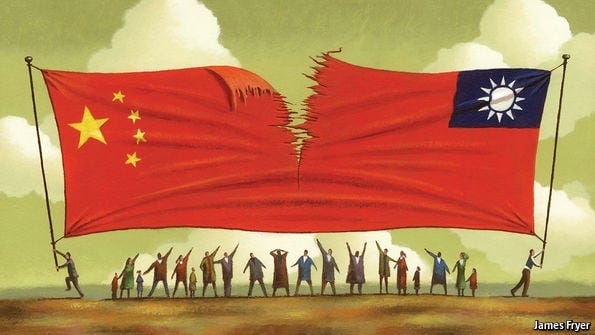
This idea, which is key to dealings with Beijing, is: “There is but one China in the world, Taiwan is an inalienable part of China, and the government of the People’s Republic of China is the sole legal government representing the whole of China.”
Evoking Humiliating Memories
The very wording of that concept hints at what happened not long ago: for three decades starting in 1949, the US held up and greatly empowered the government based in Taiwan — confusingly called The Republic of China and headed by a devious and oppressive dictator called Chiang Kai-shek — insisting that this was “Free China” and it spoke for the whole of China.
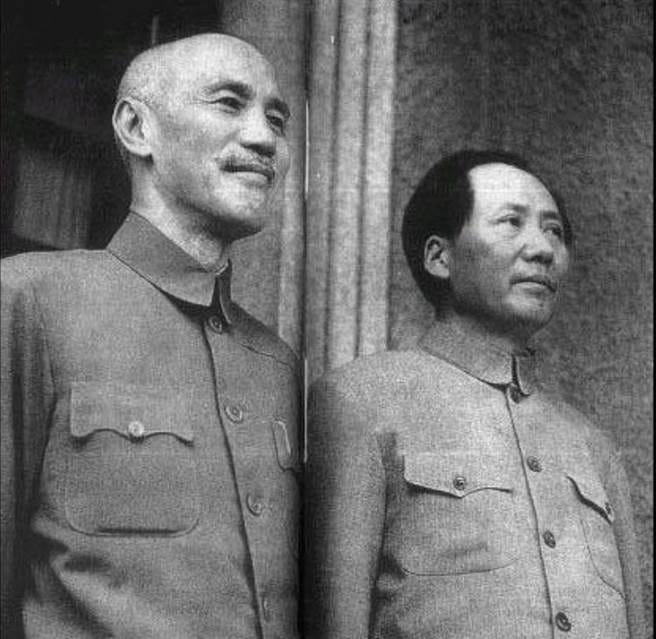
Not only did Chiang’s government based on the island of Taiwan sit in the chair marked “China” at the mighty UN Security Council, it negotiated international agreements and treaties for all of China, including the one with Japan that waived war reparations.
As one measure of this DC-perpetrated absurdity, the population of Taiwan then was around 8 million, while the population of the mainland — which wasn’t in communication with Taiwan — held around 550 million. Another mockery: while claiming to be “Free China,” the supposedly democratic government based on Taiwan was actually a brutal dictatorship.
Broken China: Shut Out and Ticked Off
For decades, the People’s Republic of China (PRC) on the mainland was diplomatically iced by most of the West while “Free China” made decisions for the mainland and stood for China on the world stage. The PRC kept begging the UN to let it have a seat, but the US kept the door locked, while Beijing (then Peking) fumed that Washington was creating “Two Chinas,” which it effectively was.
A few outliers: Sweden, the UK, Denmark, Finland, Switzerland, India and Indonesia all defied DC’s demands by establishing diplomatic relations with Mao’s communist Peoples Republic of China government in 1950.
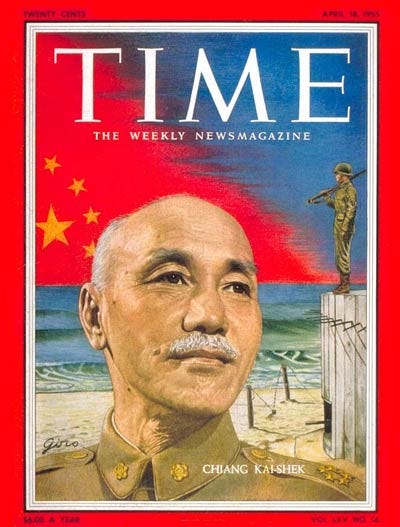
Meanwhile, the US helped Taiwan (aka the Republic of China) to modernize — giving economic aid to build roads and military bases, while bringing in American companies such as GE (to help build the island’s electrical grid), IBM, Westinghouse, and Motorola — all laying foundations for Taiwan’s electronics sector.
It became harder to ignore the People’s Republic of China in the global arena, however, when it developed nuclear weapons in 1964.
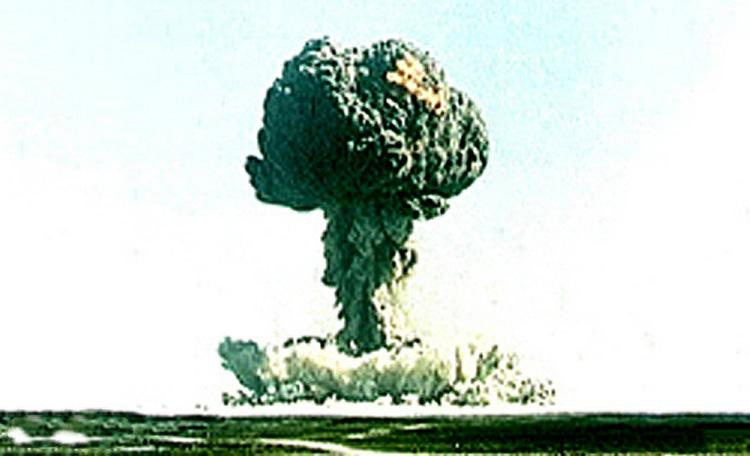
Ciao-Ciao Chiang
In 1971, the United Nations voted that the People’s Republic in China should fill the UN Security Council seat marked “China” — and the Taiwan-based government of Chiang Kai-Shek (the so-called “Free China”) was painfully ejected, tumbling into a diplomatic gray zone, where Taiwan has remained ever since.
Hoping to fully snip the already unraveling bond between Communist China and the Soviet Union, Henry Kissinger and President Richard Nixon began walking back the “Free China” fallacy and thawing US-China relations in the early 1970s with secret visits to Peking, then official meetings and ping-pong diplomacy.
Recognition 30 Years Too Late
Jimmy Carter sealed the deal: in 1979, the U.S. began officially recognizing only the mainland government in Peking (Beijing) as the real representative of China and cut official diplomatic recognition with the island.
Taiwan might have been told to get lost, except that so many American interests then operated on the island that Congress immediately passed the Taiwan Relations Act, which allowed American businesses to continue operating in Taiwan and also mandated that the US sell arms to the island so it could defend itself.
And with Beijing (aka Peking) rising and Western countries wanting to establish diplomatic and economic ties, the mainland government turned the tables on Taiwan.
In an illustration of political karma comeback, Beijing said that the People’s Republic was the only real representative of China — and Taiwan belonged to it — the idea captured in “One China,” a phrase that surfaced in Nixon-Mao dealings and has rolled off the tongue of Beijing’s politicians ever since.
Of course, this two-word piece of diplomatic rhetoric was nearly as much of a farce as the “Free China” charade that preceded it. And it’s become more farcical since the 1990s, as Taiwan developed into a thriving island nation. Taiwan is now entirely chopped off from the mainland physically, politically, economically, and historically — although its main trading partner is China.
A Separate China
Taiwan has a separate government (now with a democratically elected president and legislature), its own laws, tax system, economy, currency, passport, flag, and an entirely different history than mainland China, since they evolved under different systems in the 20th century.
Taiwan also has its own armed forces, which go on high alert whenever mainland China’s fighter jets soar through its airspace, a near-daily event, or when China’s navy encircles it during massive military drills, which are becoming frequent occurrences.
Gluing China Back Together, Peacefully or Not: a Xi Obsession
Here’s the reason: China is now demanding more than saying the words “One China” with a nod. Beijing is insisting that Taiwan fully unify with the country on the mainland — and in the process China could theoretically gain access to Taiwan’s technologies, boost its tax revenue, prevent the US from meddling in the island’s affairs, and heal historic humiliations.
Snatching back what China considers a runaway province is of paramount importance for President Xi Jinping and the Chinese Communist Party — being a top goal of Xi’s often-touted Rejuvenation Plan for China. On Taiwan, 13% of residents support fully uniting with the People’s Republic of China.
However, the majority of people on Taiwan have no interest in coming closer under the umbrella of China — with which it shares little history, having evolved entirely differently in the 20th century, thanks to the US.
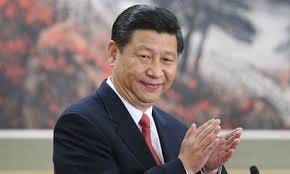
Nearly a quarter of Taiwanese want to keep things as they are — a murky limbo where Taiwan functions independently, but wink, wink, is supposedly part of China.
In the Olympics, for example, China insists that Taiwan competes as “Chinese Taipei,” the name it is forced to use when China allows it to enter organizations such as the WTO.
But, according to a 2024 poll by the Taiwan Public Opinion Foundation, the numbers on Taiwan who want to secede are rising: 52% of the Taiwanese people now want to formally cut all bonds with China — and obtain “formal national independence” — an idea that makes the Communist government on the mainland see red, so to speak.
The official line coming out of the mouths of many Taiwanese leaders, however, is that the island doesn’t need to listen to China, but doesn’t need to secede — because it’s already independent. That infuriates China, too — prompting it to launch more military drills and send more fighter jets blasting through Taiwan airspace, actions that Beijing pointedly says are warnings to separatists.
In 2005, Beijing passed the “Anti-Secession Law” that gives the government in Beijing the legal right to militarily grab Taiwan if it won’t come back to mother China on its own. Beijing keeps trying to lure Taiwan with promises that it can keep its own systems, but the Taiwanese look at Hong Kong, given the same promises, where democracy has been widely suppressed since China won it back in 1997, and they just aren’t convinced.
And that’s why the six words deleted from the State Department website threw the Chinese government into a fury.
The words that vanished from the State Department website last week: “We do not support Taiwan independence.” The deletion of that phrase has Beijing and everybody else wondering if that means that now the US does support independence for Taiwan. And that idea is intolerable to Beijing, which is already ticked at US manipulations and influence on the island that go back 75 years.
US policy toward Taiwan now amounts to diplomatic doublespeak as American dealings with Taiwan are predicated on several flowery-named agreements that were tacked on through the decades. To wit, American policy is guided by that “One China” acknowledgement as well as the Three Joint Communiques, the Six Assurances, and the Taiwan Relations Act.
Taken together, they mean that on the one hand DC continually affirms “There is but one China and Taiwan is part of it,” while with the other hand it is obliged (by Congressional act) to sell arms to Taiwan — and Taiwan buys a lot, being one of the top arms purchasers on the planet.
The US also partakes in military drills with Taiwan to prepare against a potential attack from China. American officials also often make mumbling sounds — and occasionally direct affirmations — that if China attacks Taiwan, the US will defend it.
The US mumbo-jumbo, forked-tongue policy on Taiwan is ambiguous for a reason, say experts: it’s meant to deter the government of the People’s Republic of China in Beijing from militarily grabbing Taiwan, while discouraging Taiwan from officially seceding from China.
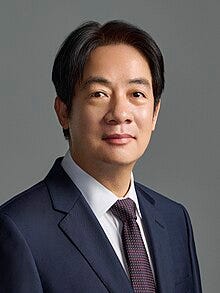
However, the two sides are growing more polarized: Taiwan keeps electing presidents from the pro-independence Democratic Progressive Party, who state that Taiwan is already independent, and Beijing, which is becoming more aggressive throughout Asia, keeps ramping up its military drills surrounding the island — and flying into Taiwanese airspace. Lately these airspace incursions are happening to the tune of dozens a day.
What’s more, Beijing is livid that the US keeps butting into Taiwan affairs. Beyond forbidding TSMC to sell microchips to certain Chinese companies, the US military engages in war games with Japan and South Korea in the Strait of Taiwan that separate the mainland and the island. And DC has cast Taiwan as a central piece in its “First Island Chain” that could block China’s access to the Pacific.
House Speaker Nancy Pelosi’s August 2022 visit to Taiwan set off alarm bells for the mainland and new Secretary of State Marco Rubio is a vocal Taiwan defender, which may be related to the disappearance of those six website words.

As US-China relations grow rockier as do those between China and Taiwan, it’s hard not to realize that the ghost of the DC-backed notorious gangster, general, and president Chiang Kai-Shek, dead for fifty years, is still haunting the picture. Why the United States would ever support such a loathsome leader, however, must be taken in context and that’s what we’ll be looking at in Part Two.



